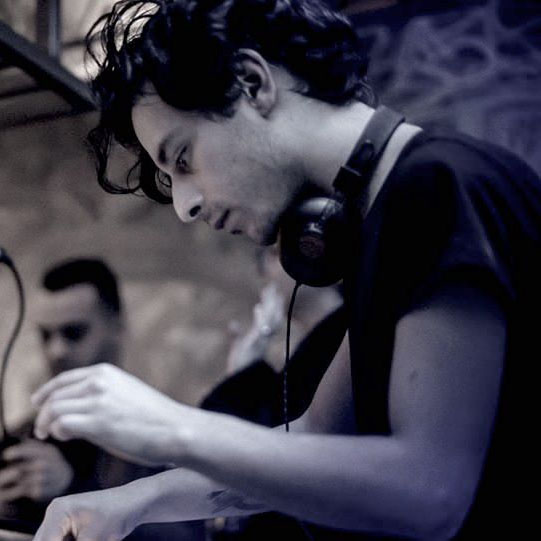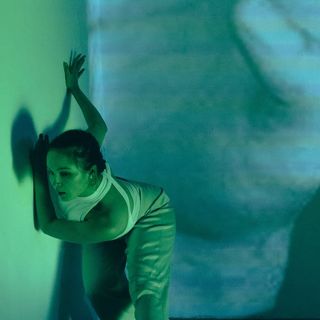Technical viability is not a sufficient argument to legitimize a technological implementation.
During a visit that Adrian Serna and Lucas Alvarado Oscilab made to Serbia as part of the “Culture Moves Europe” 2023 cultural mobility program in Europe, we met the talented and passionate dancer Olga Uzikaeva. We were walking through the streets of Belgrade when we came across an arrangement of cameras. When we asked our hostess Laura Ferrero, she told us that it might be one of Belgrade’s facial recognition systems. This statement made us very curious, because we did not know that such a system had been implemented in Belgrade and even more so, because it seemed that the locals were not very aware of it either. This is where the search began, resulting in a performative installation that we presented on October 6, 2023, at the Kvaka 22 gallery in Belgrade.



